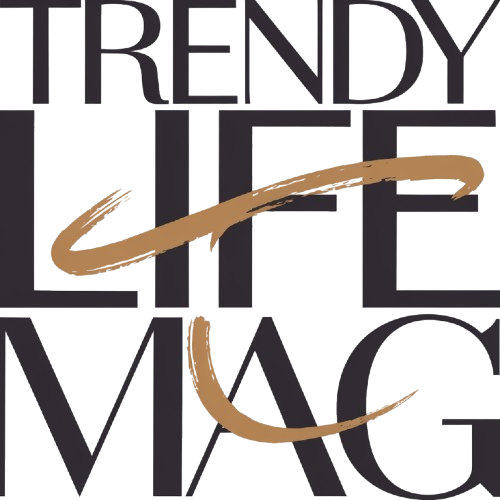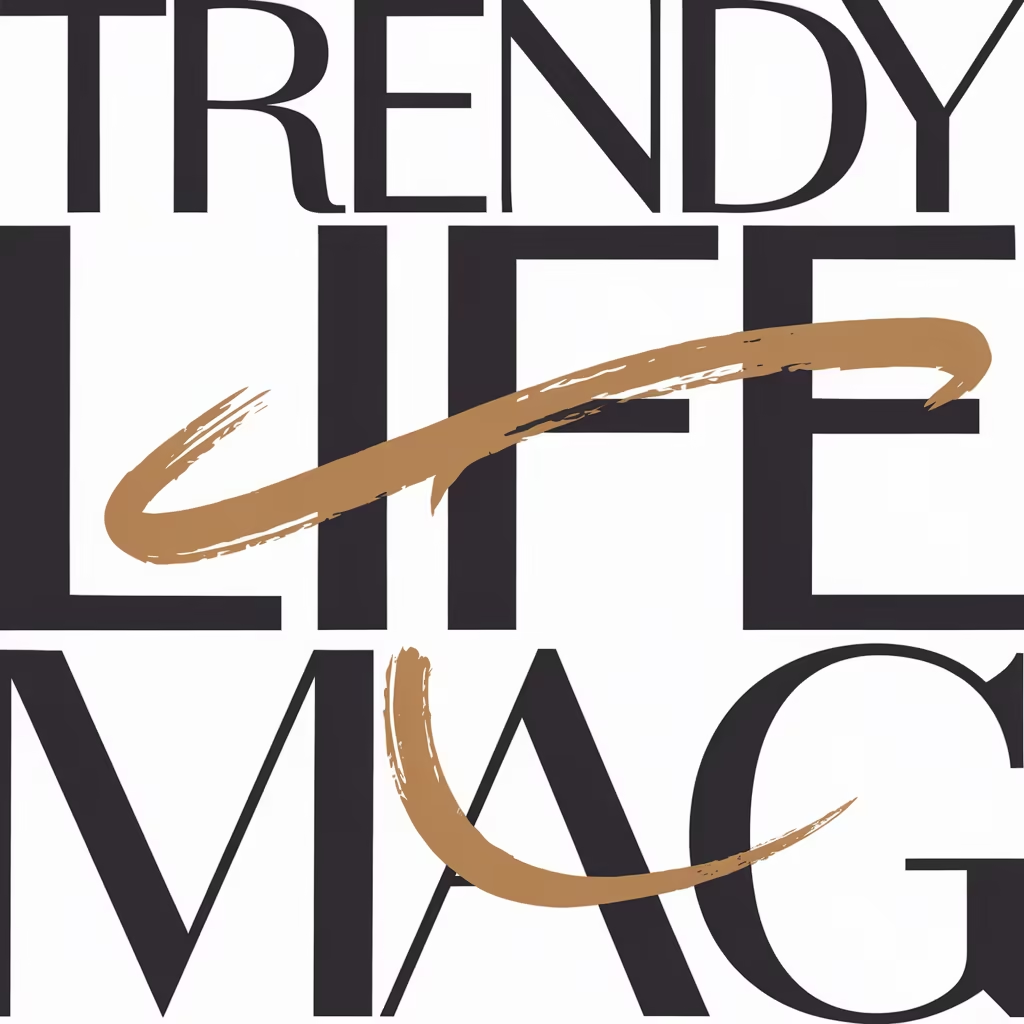Table of Contents
The 1970s changed the way we think about fashion forever. During this exciting decade, 70s fashion trends became more than just clothing choices – they turned into powerful statements of who people were and what they believed in. From disco dance floors to peaceful protests, what people wore told their personal stories.
Popular fashion trends in the 1970s mixed different styles in ways never seen before. The decade brought together two distinct fashion movements that shaped its identity. On one side, disco culture sparkled with bright colors, dramatic outfits, and daring designs. On the other, the bohemian style embraced natural fabrics, flowing silhouettes, and earth-toned colors.
These fashion choices reflected bigger changes happening in society. Young people especially used clothing to break away from old rules and express themselves freely. They combined pieces in new ways, ignored traditional gender boundaries in fashion, and weren’t afraid to stand out. Music festivals, social movements, and changing attitudes about self-expression all influenced how people dressed.
This remarkable period marked the first time in modern history when fashion became truly personal. People didn’t just wear clothes – they used them to show their personalities, beliefs, and dreams. In this article we will take a deep look into 70s fashion trends.
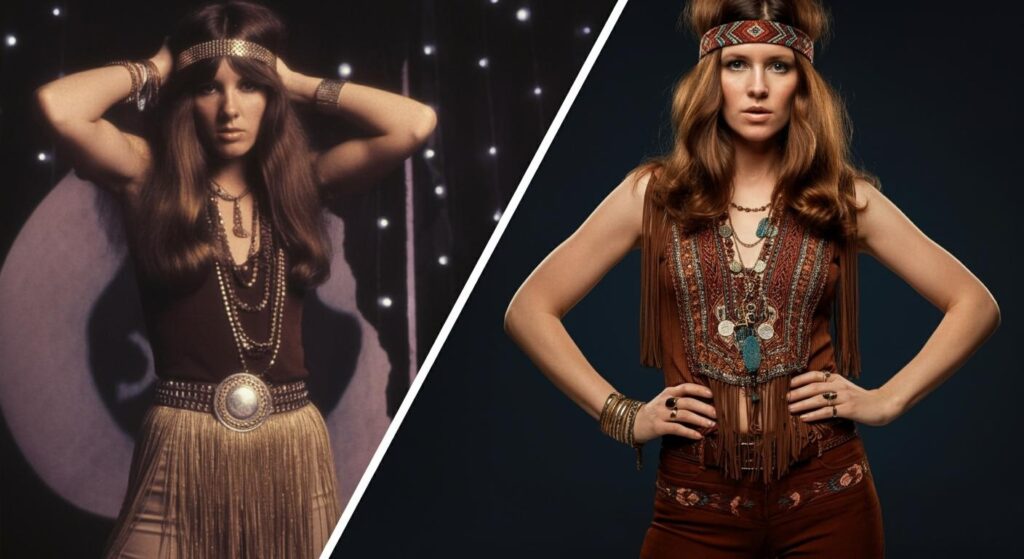
Social Movements and Style: The Cultural Forces Behind 70s Fashion
The 1970s was a time of powerful social change that shaped how people dressed and expressed themselves. As movements for equality gained momentum, fashion trends in the 1970s became a way for people to show their support for different causes and break free from old rules.
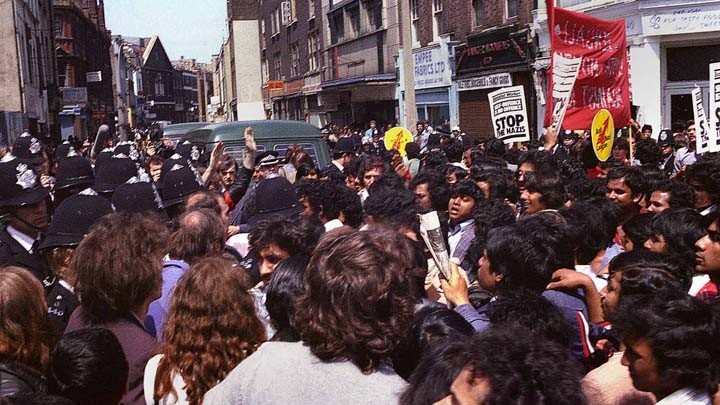
The women’s liberation movement had a huge impact on clothing choices. Women began wearing pants to work, rejected uncomfortable fashion rules, and embraced styles that gave them more freedom to move and express themselves. This shift changed not just what women wore, but also how society viewed women’s roles.
At the same time, men’s fashion trends 1970s moved away from the strict business suits of earlier decades. Men started wearing bright colors, patterns, and styles that were once considered too bold or feminine. Platform shoes, tight pants, and flowing shirts became popular choices for men across all social groups.
Civil rights and peace movements also left their mark on fashion. People wore ethnic prints, African-inspired designs, and tie-dye patterns to show their support for equality and social change. The hippie movement’s influence continued into the 70s, bringing natural fabrics and handmade clothing into mainstream fashion.
Young people especially used clothing to challenge authority and express their views. Whether through protest t-shirts, peace symbols, or alternative styles, fashion became a powerful tool for showing what you believed in.
The Defining Looks: Essential Fashion Trends of the 1970s
The 1970s brought bold and unforgettable styles that changed fashion forever. 1970s fashion trends female and mens 70s fashion trends often overlapped, creating a new era of fashion freedom for everyone. Here are the key styles that defined this colorful decade:
Pants and Bottoms
Bell-bottoms became the must-have item for both men and women. These pants started slim at the knee and flared out dramatically toward the ankles.
People wore them in everything from denim to colorful patterns. High-waisted pants also gained popularity, often paired with wide belts and tucked-in shirts.
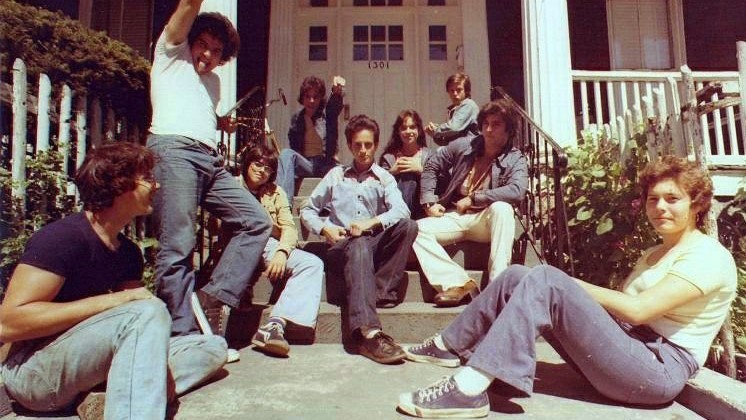
Footwear Revolution
Platform shoes took center stage for everyone. These sky-high shoes added inches to people’s height and came in countless styles.
Women wore them as sandals or boots, while men chose chunkier versions in leather or suede. Many platforms featured bright colors or metallic finishes.
Tops and Shirts
- Wide-collared shirts became a staple, often worn with the top buttons open
- Peasant blouses with flowing sleeves and ethnic embroidery
- Fitted t-shirts with bold graphics or political messages
- Crop tops for both casual wear and disco nights
Prints and Colors
The era embraced vibrant patterns like never before. Psychedelic swirls, bold florals, and geometric designs appeared on everything from dresses to suits.
Earth tones shared popularity with bright, flashy colors, giving people plenty of choices for self-expression.
Complete Looks
Many people mixed and matched these elements to create signature styles:
- For work: High-waisted pants with tucked-in blouses and platform shoes
- For parties: Satin shirts with bell-bottoms and chunky jewelry
- For casual wear: Denim on denim, often decorated with patches and embroidery
These trends weren’t just clothes – they represented a new freedom in fashion where traditional rules no longer applied. Both men and women could choose from a wide range of styles, colors, and patterns to express themselves.
Disco Fashion: When Dance Floors Shaped Style
How Disco Fever Influenced 1970s Fashion Trends can be seen most clearly in the glittering outfits that lit up dance floors across America. The disco movement brought a new level of glamour to everyday fashion, turning ordinary people into dancing stars every weekend.
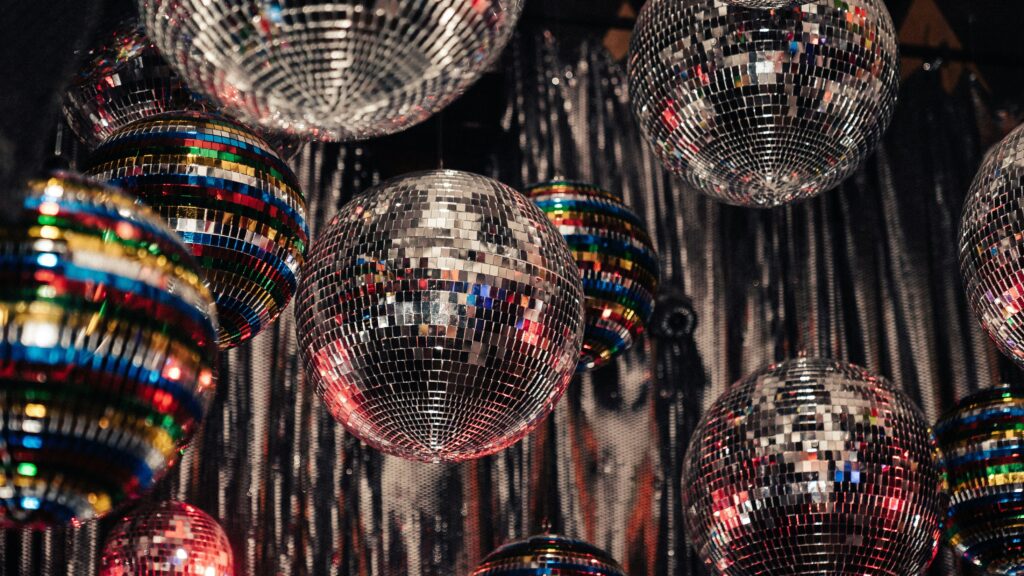
The Disco Look
Disco fashion centered around clothes that caught the light and moved well on the dance floor. Jumpsuits became the ultimate disco outfit, worn by both men and women.
These one-piece wonders came in every color and fabric imaginable, from simple cotton to shimmering spandex. Wide-collared shirts, often left open to show chest chains and medallions, became another disco essential.
Signature Elements:
- Sequined dresses and tops that sparkled under club lights
- Tight pants in metallic or satin fabrics
- Mini dresses with swirling skirts perfect for dancing
- Hot pants paired with knee-high boots
- Wrap dresses in bright, eye-catching patterns
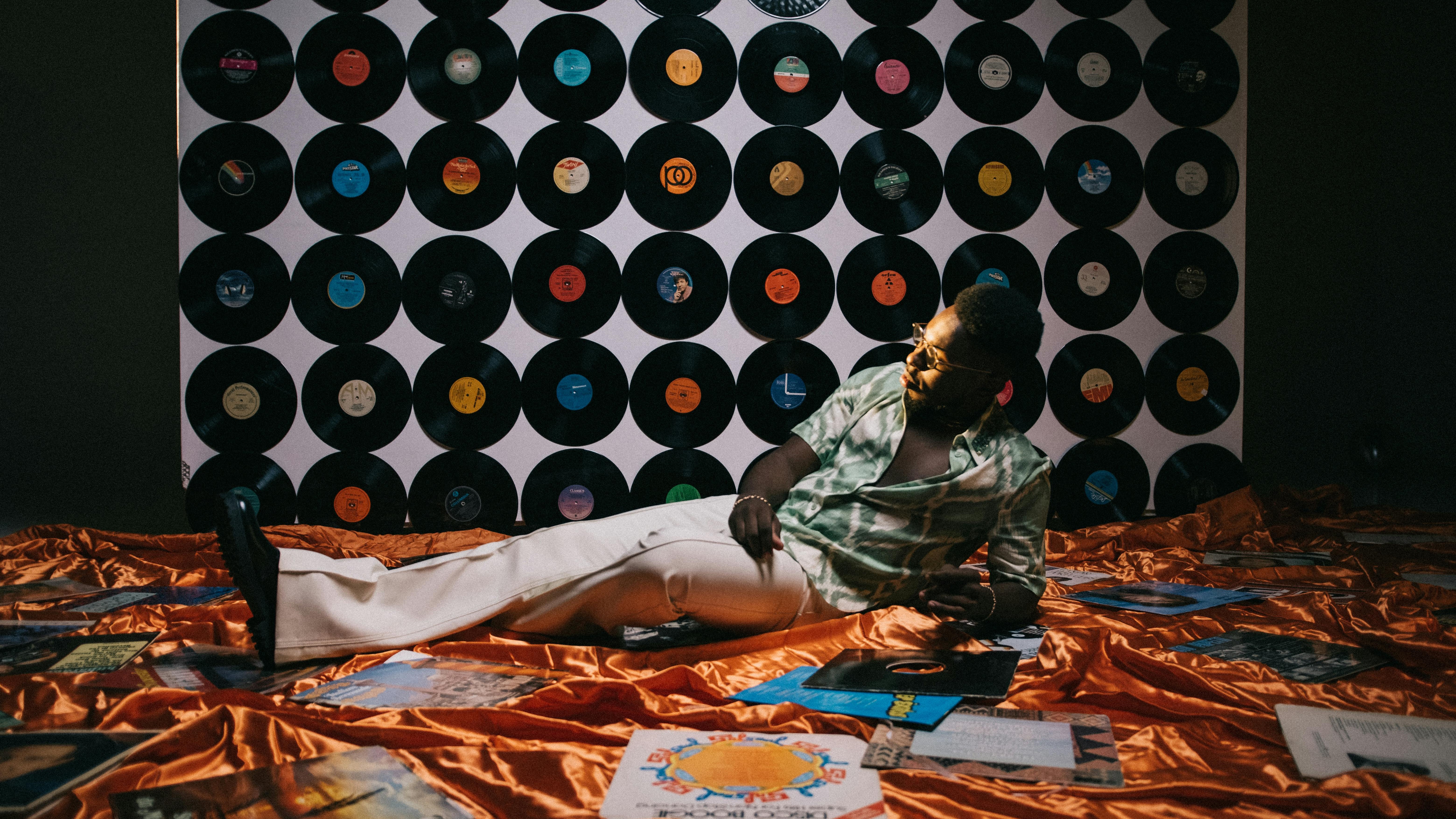
Style Icons Who Set the Trends
John Travolta’s white suit in Saturday Night Fever created a fashion earthquake, making white suits a must-have for men hitting the dance floor.
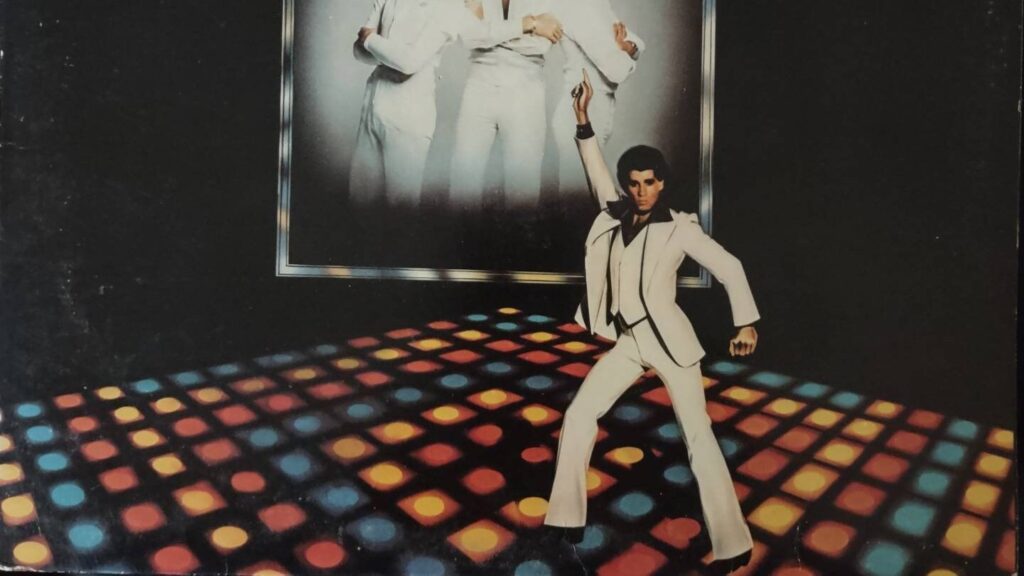
Donna Summer brought glamour to disco with her sparkly stage outfits, while the Bee Gees made chest hair and gold chains fashionable for men. Diana Ross showed how to wear sequins with elegance, both on and off stage.
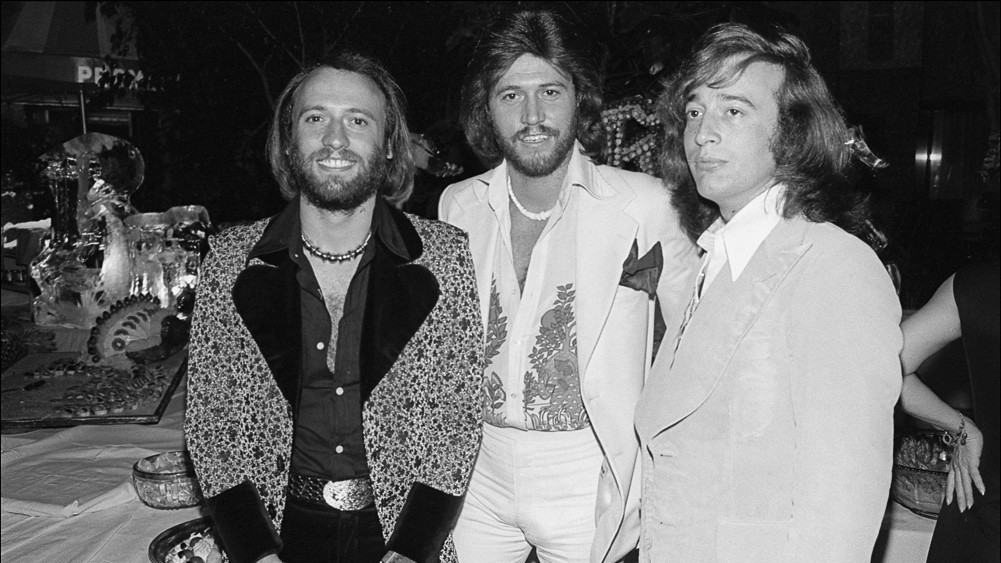
Studio 54, the famous New York nightclub, became a fashion runway where celebrities and regular people showed off their most daring disco looks.
The club’s mix of famous faces and fashion-forward partygoers helped spread disco style across the country, turning dance floor fashion into everyday wear.
The Free Spirit of Bohemian Fashion
What was boho chic style like in the 1970s? It represented freedom, nature, and artistic expression through clothing. This relaxed and romantic style drew inspiration from global cultures, creating a look that felt both artistic and comfortable.
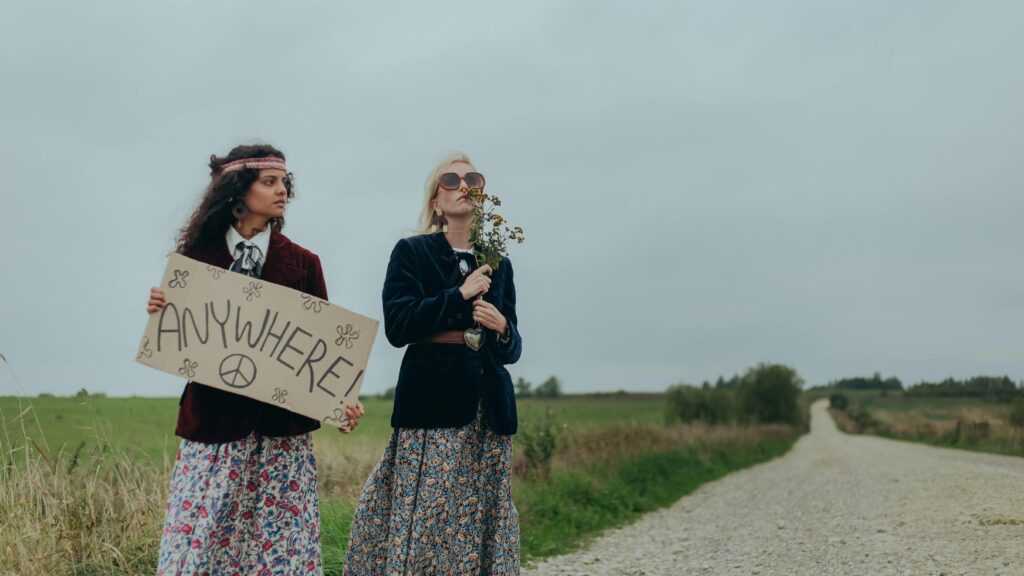
Key Elements of Boho Style
- Flowing maxi dresses in natural fabrics like cotton and silk
- Peasant blouses with puffy sleeves and embroidered details
- Patchwork denim and suede pieces
- Crocheted tops, vests, and shawls
- Wide-leg pants in earth-tone colors
Accessories played a crucial role in completing the boho look:
- Long beaded necklaces and layered jewelry
- Headbands and flower crowns
- Fringed bags and purses
- Woven leather belts
- Handcrafted sandals and boots
Famous Faces of Boho Style
Stevie Nicks became the ultimate boho fashion icon, known for her flowing sleeves and mystical style choices. Joni Mitchell showed how simple, natural fabrics could look elegant and artistic.
The women of bands like Fleetwood Mac and The Mamas & The Papas helped spread the boho look across America.
Global Influences
Bohemian style brings together fashion elements from cultures around the world, creating a unique mix of looks and designs. From India, it takes bright and flowing fabrics with eye-catching prints that add color and movement.
Native American crafts bring their mark through decorative touches like fringe and beadwork that make clothes and accessories stand out.
Mexican culture adds its own flair with detailed embroidery that uses colorful threads to create beautiful patterns. From Africa come bold patterns and special ways of making cloth that help give Bohemian fashion its free-spirited look.
The style mixes these different cultural pieces in a way that feels natural and artistic. Each culture’s contribution adds something special to make Bohemian fashion what it is today – a style that celebrates creativity and different ways of dressing from around the world.
This mix of influences created a look that celebrated creativity and personal expression. People could combine different pieces to create their own unique style, making boho fashion accessible to everyone.
Fashion Leaders: The Trendsetters Who Defined 70s Style
The style icons of the 1970s changed fashion forever by breaking rules and creating bold new looks. These stars didn’t just wear clothes – they used fashion to push boundaries and inspire millions.
- David Bowie: Bowie transformed men’s fashion with his Ziggy Stardust persona. He wore bright jumpsuits, platform boots, and dramatic makeup, showing that men could be both powerful and glamorous. His style mixed masculine and feminine elements in ways never seen before.
- Diana Ross: As the queen of disco, Ross made glamour accessible to everyday women. She wore sequined gowns, flowing dresses, and statement jewelry that sparkled on and off stage. Her fashion choices helped bridge the gap between stage wear and street style.
- Cher: Cher’s dramatic outfits on her TV show reached millions of homes weekly. She worked with designer Bob Mackie to create stunning looks that combined Native American influences with Hollywood glamour. Her long, straight hair and bohemian style influenced women everywhere.
- Farrah Fawcett: Fawcett’s feathered hairstyle became the most copied look of the decade. Her casual style – featuring wide-leg pants, fitted t-shirts, and sports wear – showed women how to look both comfortable and sexy.
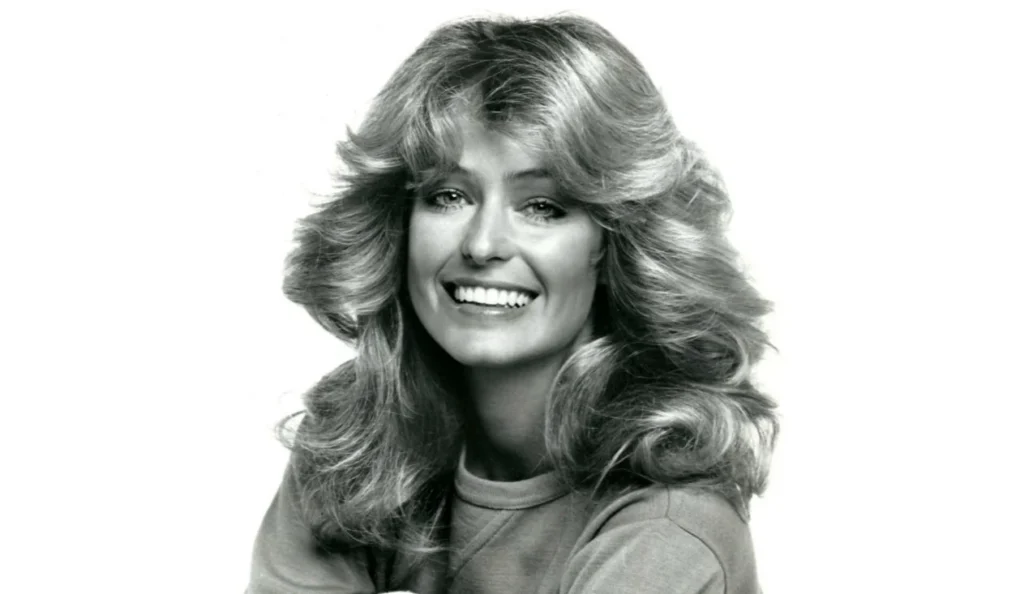
These icons made lasting impacts because they used fashion to express their personalities and beliefs. They showed people that style could be a form of personal expression and empowerment.
How 70s Fashion Shapes Today’s Styles
The colorful and bold fashion of the 1970s left a lasting mark that continues to inspire designers and everyday fashion lovers. Many popular fashion trends in the 1970s have made their way back into today’s wardrobes, often with modern twists that keep them fresh and relevant.
Key 70s Trends That Never Left
Bell-bottom pants have evolved into today’s flared jeans and wide-leg trousers, offering a flattering silhouette that appeals to new generations. Platform shoes, once a disco staple, now appear in everything from casual sneakers to elegant boots.
The era’s signature midi skirts and maxi dresses remain popular choices for both casual and formal wear.
Modern Takes on 70s Style
- High-waisted pants paired with crop tops offer a current spin on the 70s silhouette
- Tie-dye patterns have moved beyond t-shirts to appear on luxury items and accessories
- Earthy color schemes from the 70s show up in today’s sustainable fashion movement
- Bohemian-inspired flowing dresses and tops remain fashion staples
The influence of 70s fashion goes beyond specific items to shape broader trends. The decade’s focus on self-expression through clothing mirrors today’s emphasis on personal style.
Natural fabrics and earth-friendly materials popular in the 70s align perfectly with current sustainability concerns. Even the mix-and-match approach to dressing from that era matches today’s trend toward versatile wardrobes.
Designers regularly draw from 70s themes to create pieces that feel both nostalgic and fresh. This lasting impact shows how truly ahead of its time 1970s fashion was, as its core ideas about comfort, self-expression, and style continue to resonate with modern fashion lovers.
The 1970s: A Fashion Revolution That Changed Everything
The 1970s did more than just create memorable styles – it transformed how we think about fashion itself. This decade broke down barriers between different types of dress, allowing people to mix and match in ways never seen before. How Disco Fever Influenced 1970s Fashion Trends shows just one way this era changed fashion forever, as party wear began influencing everyday clothing choices.
The decade’s greatest gift to fashion was freedom of expression. People learned they could use clothing to tell their personal stories, share their beliefs, and show their unique personalities. This idea remains powerful today, as each new generation discovers ways to use fashion for self-expression.
The 70s showed us that fashion rules are made to be broken. Whether through disco glamour, bohemian flow, or punk edge, the decade proved that personal style matters more than following strict fashion guidelines.
This revolutionary approach to clothing continues to inspire designers and fashion lovers today, reminding us that the best style is the one that makes us feel most like ourselves. These changes went far beyond clothing – they helped create a world where individuality is celebrated and personal expression through fashion is encouraged.
Frequently Asked Questions About 70s Fashion Trends
The 1970s was a groundbreaking decade for fashion that mixed glamour with free-spirited style. Here are answers to common questions about this influential era in fashion history.
What were the key fashion trends of the 1970s?
The 1970s introduced several distinctive trends that defined the decade. Bell-bottom pants and flared jeans became everyday staples, while platform shoes and chunky heels transformed footwear. High-waisted pants and skirts dominated bottoms, paired with midi and maxi dresses for a flowing silhouette. Hot pants and mini skirts offered daring alternatives. Polyester suits and jumpsuits brought new textures to wardrobes. The era was known for bold prints and patterns, often in earth-tone color palettes. Peasant blouses and wrap dresses rounded out the signature looks of the decade.
How did disco influence fashion in the 1970s?
Disco had a huge impact on 1970s fashion through its emphasis on glamour and movement. Shimmering fabrics like lamé and satin became must-haves for nightlife. Tight-fitting jumpsuits and body-hugging dresses dominated dance floors. Statement platform shoes grew taller and bolder. Sparkly accessories and jewelry became essential additions to any outfit. Open-collar shirts for men and three-piece suits in bright colors defined masculine disco style. The entire disco fashion movement centered on clothes designed to catch light and shine on the dance floor, creating a unique blend of comfort and flash.
What was boho chic style like in the 1970s?
Boho (bohemian) chic style reflected a free-spirited, natural approach to fashion. Flowing maxi dresses and skirts in natural fabrics like cotton and wool formed the foundation of this look. Peasant blouses with detailed embroidery became everyday favorites. Fringe details and tassels added movement to garments. Earth-tone colors and tie-dye patterns expressed connection to nature. Handcrafted jewelry and suede and leather accessories completed the look. This style drew inspiration from folk culture, the hippie movement, and a widespread desire to return to natural living.
Who were the style icons of the 1970s?
Several influential figures shaped 1970s fashion through their distinctive looks. Farrah Fawcett became known for her feathered hair and casual-chic style. Bianca Jagger captured attention with her sleek pantsuits and Studio 54 glamour. Cher made headlines with bold stage costumes and bohemian looks. David Bowie influenced gender-fluid fashion with his glam rock style. Diana Ross epitomized disco glamour with sequins and flowing gowns. Jane Birkin represented casual chic with her signature jeans and simple tees. Each of these icons contributed to the decade’s diverse fashion landscape, from disco glamour to bohemian casual.
